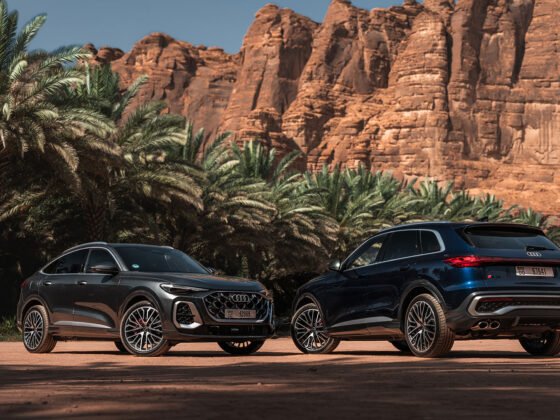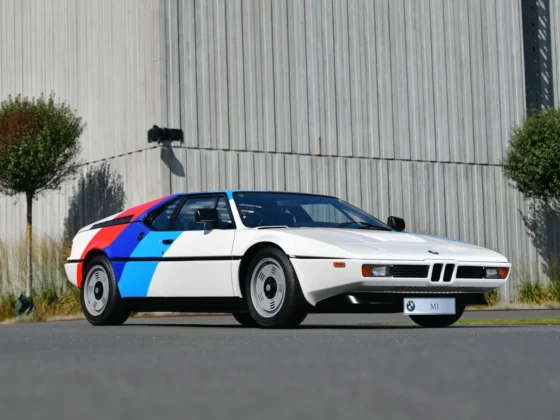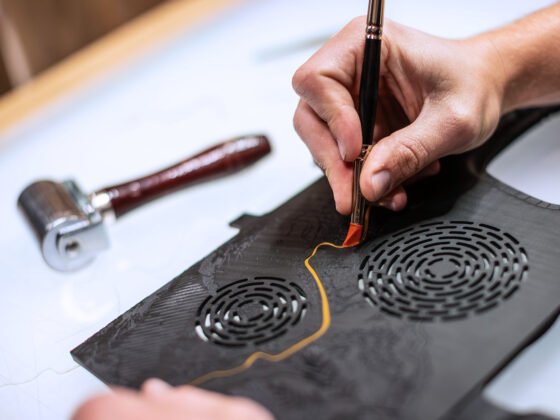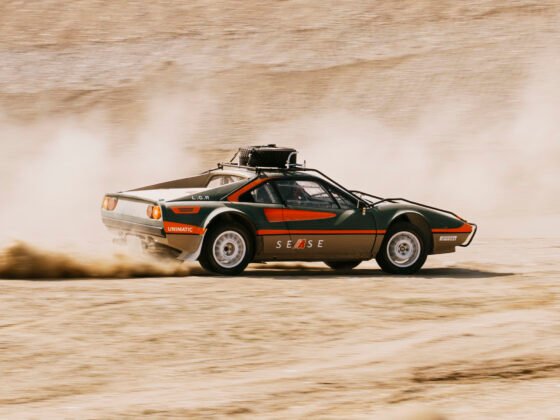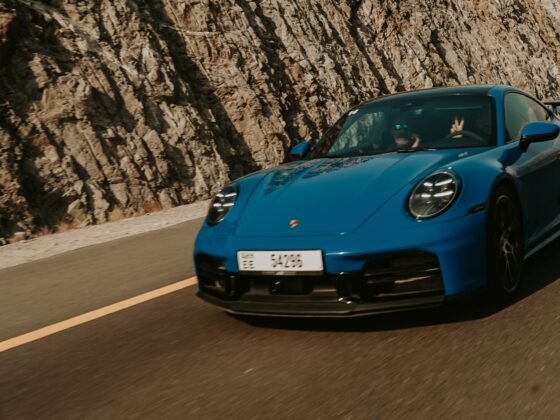On June 8, 1948, Porsche received its post-war permit to operate as a manufacturer of automobiles. 2018 marks the 70th year of that momentous occasion. So, the brand has organised a number of events around the world to mark the event. But the ultimate remembrance present that Porsche is giving itself is the development and unveiling of the 911 Speedster Concept, a road-ready study of an open-top sports car.
The history of the Porsche Speedster models, which combine open-top driving pleasure with sports car performance, begins in 1952 with the 356 1500 America Roadster. By 2010, eight different series and special models had been created with the ‘Speedster’ by-name.
What makes this particular model unique is that it forges a link between the Porsche sports cars of today with every car that came before it, and through to the very first Porsche 356 ‘No. 1′ Roadster.
The 911 Speedster’s connection with its forebears begins with its birth. It was developed at the Porsche Motorsport Centre, where the 911 GT2 RS and the GT3 RS were also developed and from the 911 concept, it gets its drive technology.
The broad two-tone shell of the concept car is borrowed from the 911 Carrera 4 Cabriolet, although the wings, front bonnet and rear cover of the concept are made of light-weight carbon-fibre composite material. It also has shorter window frames, and the windscreen is more inclined. These features combine to give the concept car a sturdier profile with a very low fly line, which is reminiscent of the 356 1500 Speedster.
Another design element, the ‘double bubble’ covering the carbon fibre roll-over protection dates back to the 1988 911 Speedster. In between the humps are two black slats for an aerodynamic touch, and a transparent Plexiglas wind deflector features an engraved ‘70 years of Porsche’ logo.
The GT Silver and White paintwork hark back to Porsche’s early racing cars, as do many other carefully crafted details. The 50s-style fuel tank cap is in the middle of the front bonnet. The exterior mirrors have the classic Talbot shape. Transparent and opaque surfaces on the headlight covers produce a “cross-like-effect,” which reminisce a practice prevalent in Porsche’s early years in motorsport. The cover is of light-weight tonneau instead of a convertible top which are attached using eight Tenax fasteners.
In true speedster weight-saving tradition, the navigation, radio, and air conditioning systems have all been eliminated. The full bucket seats are made of carbon and covered with light brown Aniline leather in Cognac 356, which is also reminiscent of the car’s classic predecessors.
Will Porsche put the 911 Speedster concept into production?
“The concept study offers a glimpse of a potential series-production version, although this model may not be presented until 2019. A decision on whether to move ahead will be made in the coming months,” reads a statement by Porsche.

